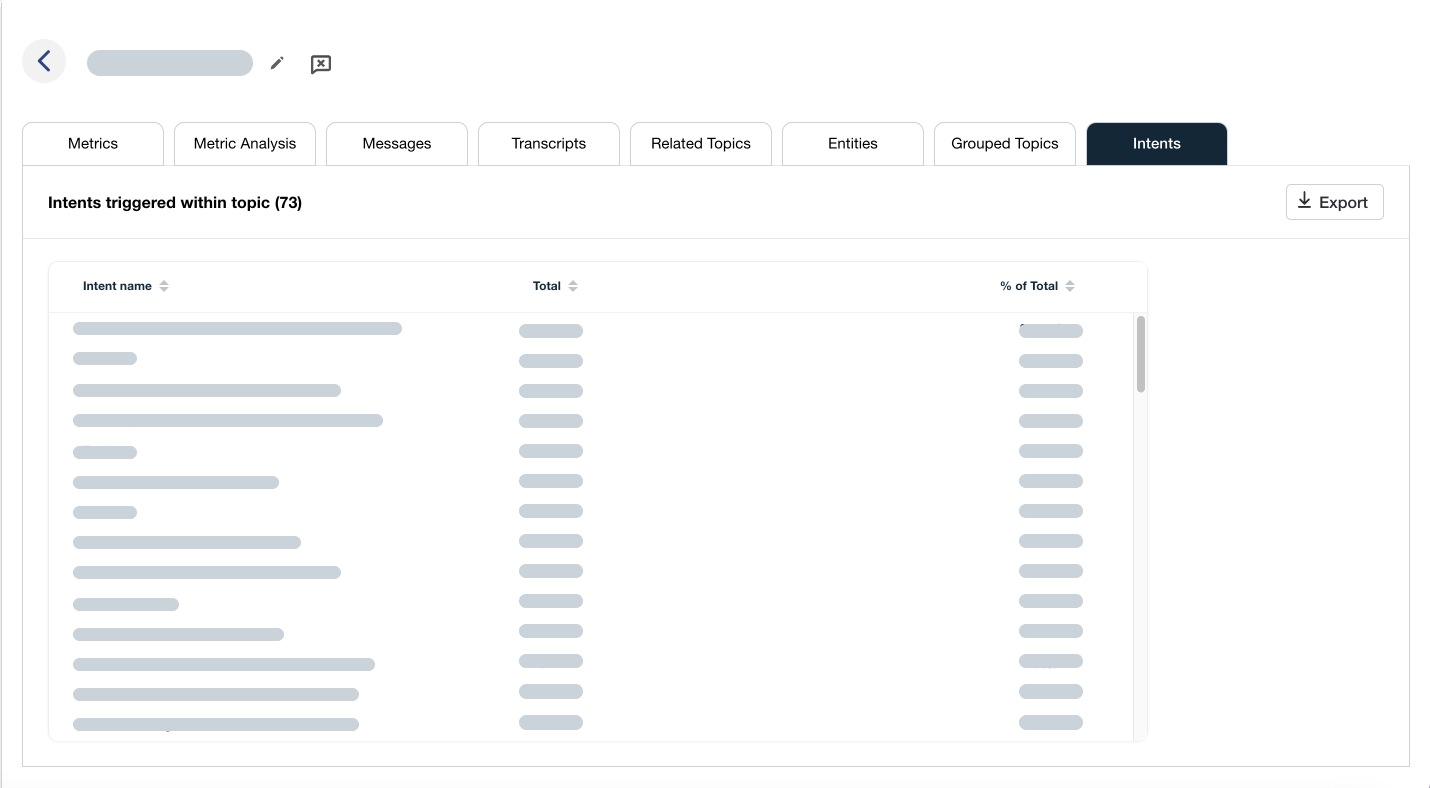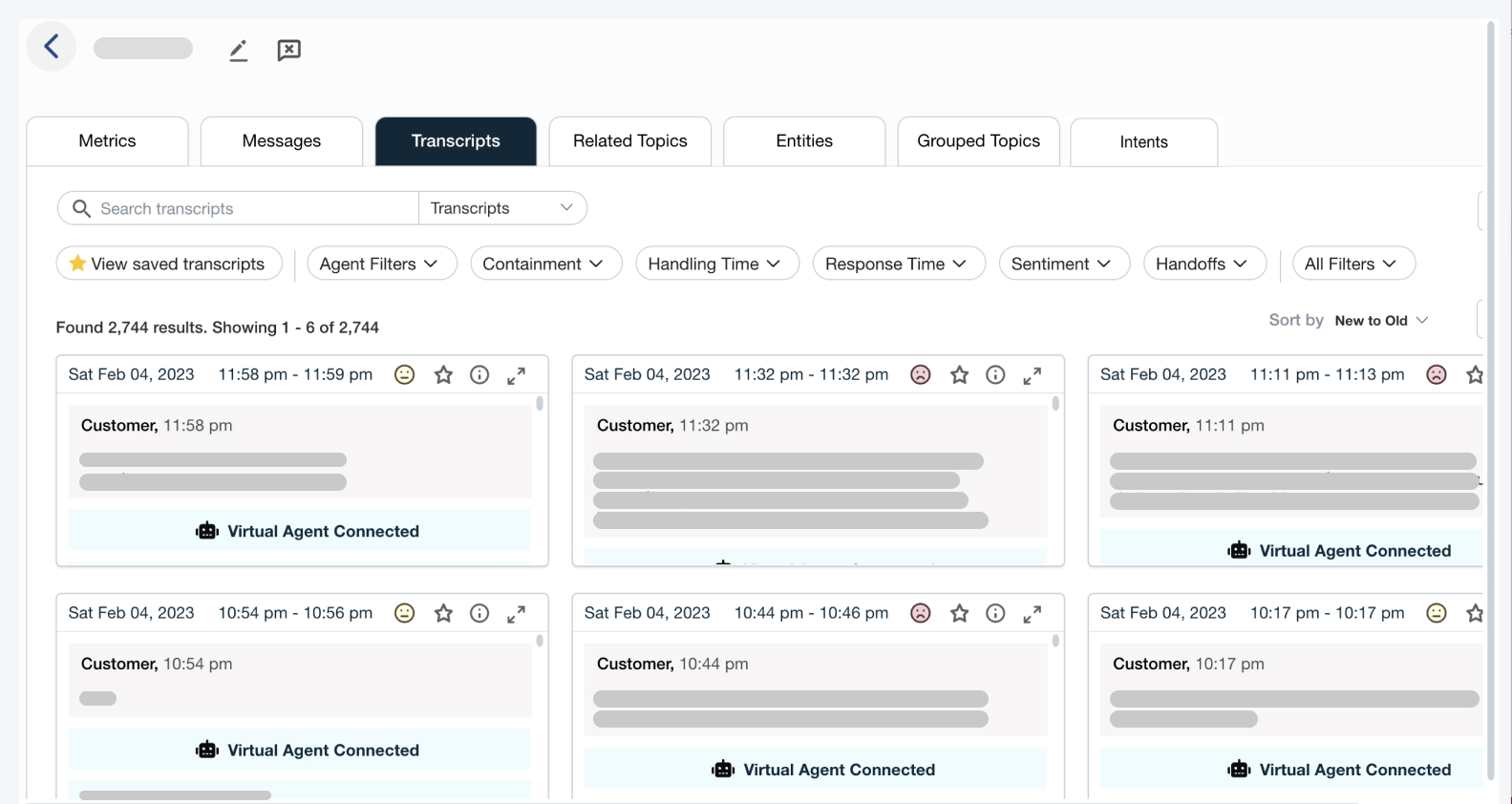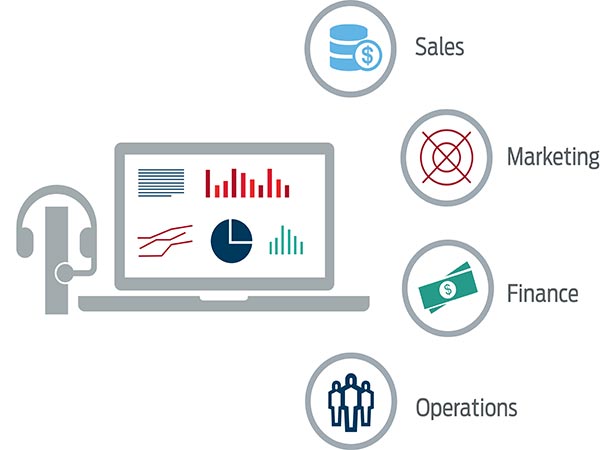Call Center Analytics: 5 Foundational Keys to Success
Call Center Analytics: 5 Foundational Keys to Success

It’s a fact: analyzing content-rich, customer-focused call center data can reveal valuable insights.
Yet even the smartest and most progressive call center leaders struggle to launch new—or advance existing—call center analytics initiatives. But why?
In my work with Calabrio customers, I see the same five factors surface time and again as the primary stumbling blocks leaders encounter when adapting to analytics. Ironically, these five elements also are the main requirements needed to succeed with any call center analytics project.
That means, if you have them, your analytics project will succeed. And, if you try to skip them—or do them half-heartedly—your project will fail to meet its full potential.
Here they are.
1. Executive-level buy-in on what call center analytics is—and what it isn’t.
In many cases, leaders need to reset their existing beliefs about analytics. They might have ingrained, antiquated opinions about how to gauge the customer experience. For instance, believing that measuring the quantitifiable attributes of transactions has more validity than any subjective nuances found through the quality of the interpersonal interactions with customers.
By realizing early on that you need to determine and possibly change existing mindsets and pre-set expectations about analytics, you can mitigate the risk and issues they could cause for your initiative. That’s why successful call center analytics projects start by reshaping internal thought processes across all levels of the organization about what analytics is and what it is not.
Here’s my take. Call center analytics is not a classic reporting tool like what you think of when it comes to automatic call distributor (ACD) or customer relationship management (CRM) reports. It’s not about “counting beans.”
Call center analyticsisa quantitative representation that provides a higher-level perspective based upon qualitative inputs. It’s about understanding trends, root causes and service excellence across the entire customer journey, then identifying the corresponding challenges and opportunities. You can use it, for instance, to understand a representation of experience; gain a snapshot in time of the Voice of Customer (VoC); and help determine customer sentiment by gathering direct feedback in quantifiable segments based on qualitative sentiment.
2. Willingness to honestly assess and act upon what analytics uncovers.
Call center analytics is a powerful tool that can force leaders to take a good look in the mirror through the customer experience lens. They won’t always like what they see. And some might resist making the needed changes.
That’s because someone once labored over ideating, activating and monitoring those well-intended, legacy processes that now are cumbersome and ineffective for the customer experience. It might be hard to acknowledge those processes have outlived their usefulness and need to be retired.
Removing from the equation that kind of human ego and residual pride, however, is the only way to honestly assess existing organizational processes, human capital and skill sets in order to make future customer experiences better.
But finding those opportunities is only half of the battle. Many companies also stumble when trying to act upon them. Which leads me to the next key to call center analytics success…
3. Courage and receptivity to change.
Using analytics to examine your call center from the external perspective—rather than executing from the inside out—is the only way to truly experience the journey you deliver to customers and see it through their eyes. And not everything you find will be positive. But, at the same time analytics uncovers negative customer sentiments, it reveals actionable opportunities to re-define service excellence by eliminating historical deficits.
Change of any kind can be scary, however. That’s why some companies fail to fully act upon the findings from analytics. Unfortunately, as a result, they also fail to fully profit from their analytics investment.
You need courage and a willingness to adapt at every level of the organization to succeed with call center analytics. Courageous leaders willing to make bold business decisions on behalf of the customer journey make the biggest leaps in positively evolving the customer experience. As Thomas Jefferson says, “With great risk comes great reward.”
In addition, I find that leaders who take the time to explain the “why” to agents and staff—for what purpose are we using call center analytics, how will it benefit customers in the long run, how will it make my job easier or better—experience the greatest success with their analytics initiatives.
4. A true call center analytics superhero with VoC superpowers to champion the cause.
To champion the call center analytics initiative, identify someone from within your call center who will be able to articulate and evangelize the “win-win” for the customer and the business to everyone else internally—someone who can tell the story behind the data and rally others behind the cause.
Your superhero needs to be a VoC expert with these traits:
- Is a former call center agent and/or workforce analyst
- Understands call center operations and your business at large
- Understands basic and advanced data management principles
- Tells excellent stories that use tangible analogies and creative visualizations
- Possesses strong psychological skills
- Is excellent with numbers
- Can successfully collaborate across teams and departments
- Viewed by his/her peers as a leader
5. Simple changes for the greatest, most sustainable success.
In James Clear’s book “Atomic Habits,” he discusses how to make small changes that will transform your habits and deliver remarkable results. According to James:
“It is so easy to overestimate the importance of one defining moment and underestimate the value of making small improvements on a daily basis. Too often, we convince ourselves that massive success requires massive action. … Meanwhile, improving by one percent isn’t particularly notable—sometimes it isn’t even noticeable—but it can be far more meaningful, especially in the long run. The difference a tiny improvement can make over time is astounding.”1
The same principle applies to acting upon the findings from call center analytics. Start with small changes that deliver big impact, then move on to bigger changes as your analytics program—and the internal acceptance of it—gains momentum.
There’s much more to succeeding with call center analytics than simply rolling out the right technology platform to power it.
For success out of the gate, think ahead to the potential cultural, psychological and intellectual barriers that may stand in the way of your analytics’ success, so you can proactively strategize how to overcome them.
Learn how Radial uses cloud-based analytics to deliver near-real time feedback on agent performance and enable robust customer-centric insights by integrating third-party data with Calabrio-driven insights—read the case study.









